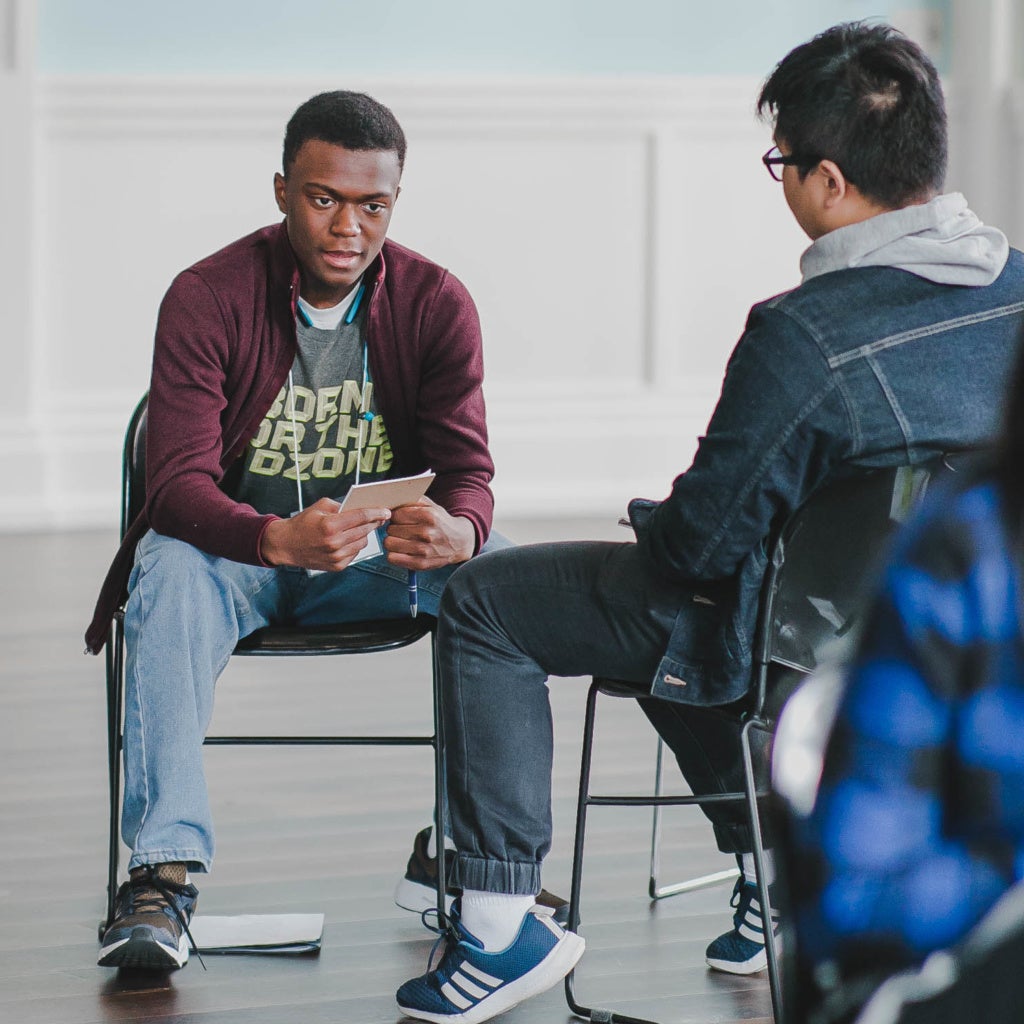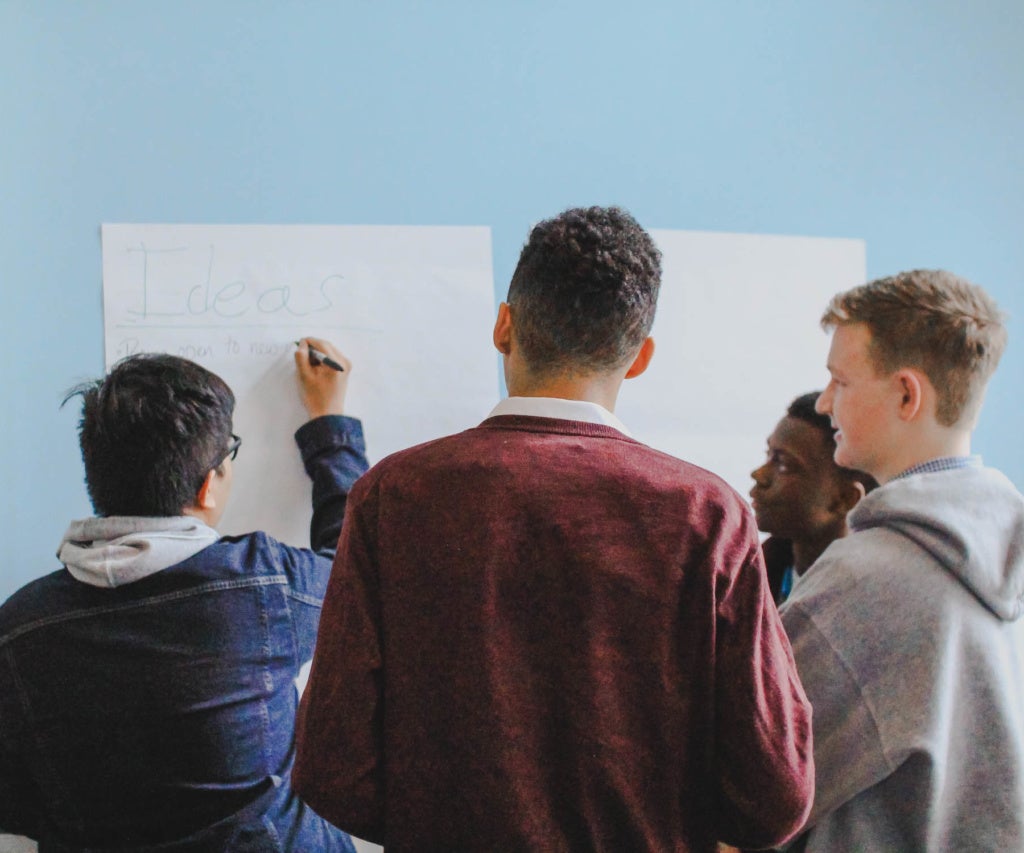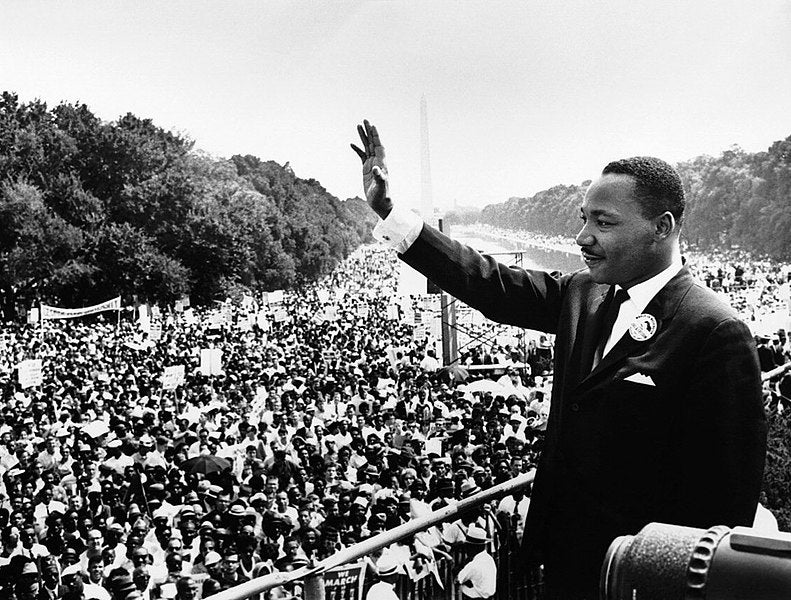AspenX is an opportunity for high school students to take a deep dive into critical topics of the day through virtual and experiential learning and moderated in-person dialogue. Agung Putra participated in an AspenX seminar experience on race and equity in Philadelphia, PA in April 2018 and reflected on his experience.
The United States of America is a country known for “life, liberty, and the pursuit of happiness,” as Thomas Jefferson put it. In America, one can hope, achieve, and inspire others to do the same. It’s celebrated for having unlimited freedom because Americans can do anything they want like successfully land on the moon or elect their first African American president. America is a land of freedom and justice for all, but is that for everyone?

Photo by Brenda Nguyen
Through the discussion and museum tours with my peers at the AspenX, I learned that America is far from the illusion that it sets up. The history that we are taught in school is often just propaganda to elevate the winner. As Winston Churchill put it, “history is written by the victors,” but who are the victors? Who determines the victors? It is questions like these that I kept asking myself.
Starting with the history of Philadelphia and expanding to the history of the Constitution and America, I noticed that I was being taught the same information that I learned in school. Students are tired of this limited history. I am blessed and grateful to have the privilege to take an African-American history course taught by an African-American teacher at my school, George Washington Carver High School of Engineering and Science. It is mandatory for School District of Philadelphia students to take African-American history. I think this should be the case for every school in the country, because there is a thirst from students to learn about their past. Black history is American history.
The students that attended the discussion were mostly Black and came from schools in the city, while the White students came from the suburbs, which are more affluent. It was interesting to notice that while we all come from different backgrounds, we understand our different privileges. There was a strong distinction between those who live in predominantly African-American communities and those who live in the affluent suburbs – policing. By knowing our backgrounds, we can understand the implicit racial bias and discrimination that we face every day. Students are eager to right the wrongs of what happened in the past. They are desperate to have open discussion about race because it is important in times like these.

Photo by Brenda Nguyen
Racial tensions are at an all-time high after the 2016 presidential election, Black Lives Matter protests, events in Charlottesville, and national protests of Starbucks that began in my very own City of Brotherly Love. The country may be in shambles right now, but as the saying goes, “if you want to see the sunshine, you must weather the storm.” We may have made some dire mistakes in the past, but I am certainly hopeful for our united future. My decision to attend AspenX was uncertain because I did not know what to expect, but meeting new people, hearing diverse thoughts and ideas, and being able to reflect made it an experience I will never forget.

